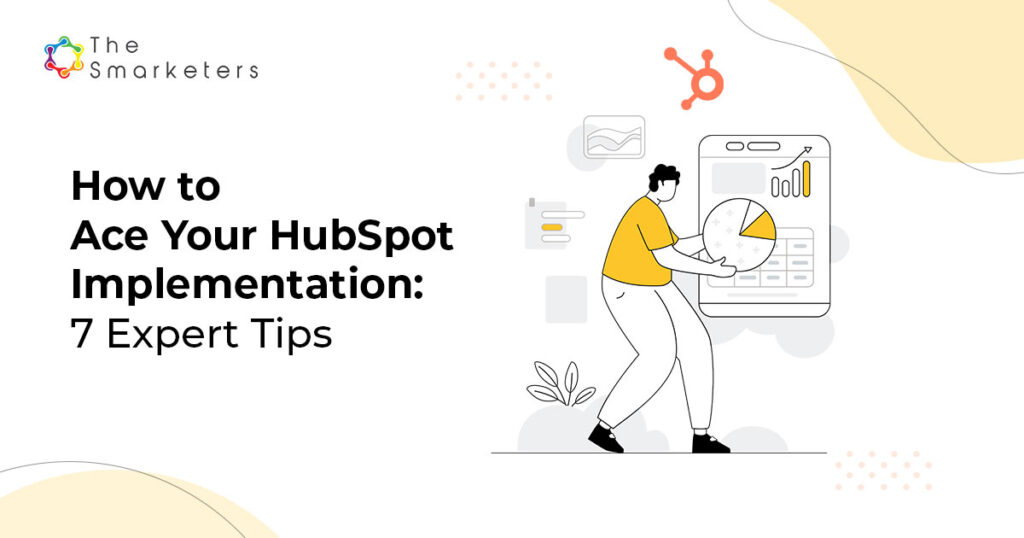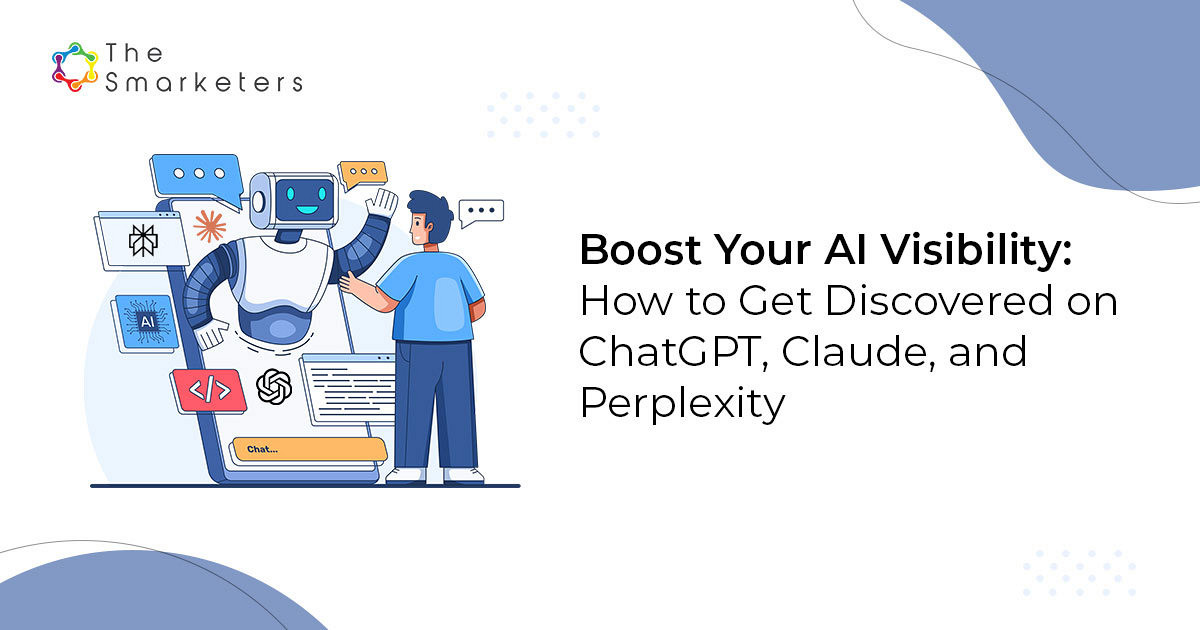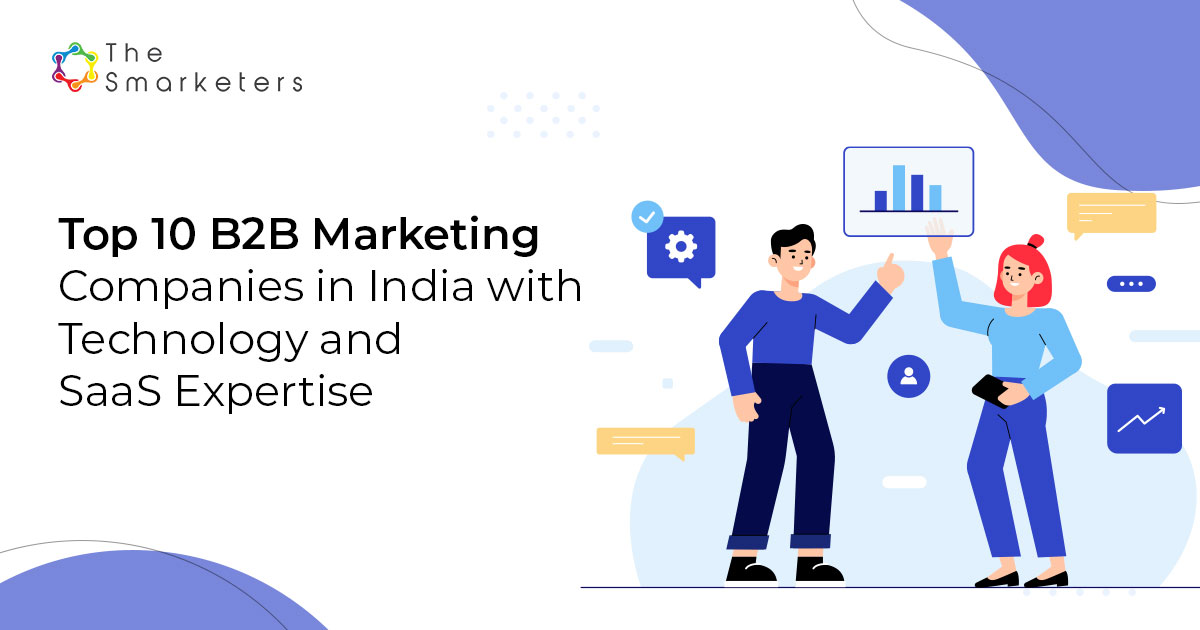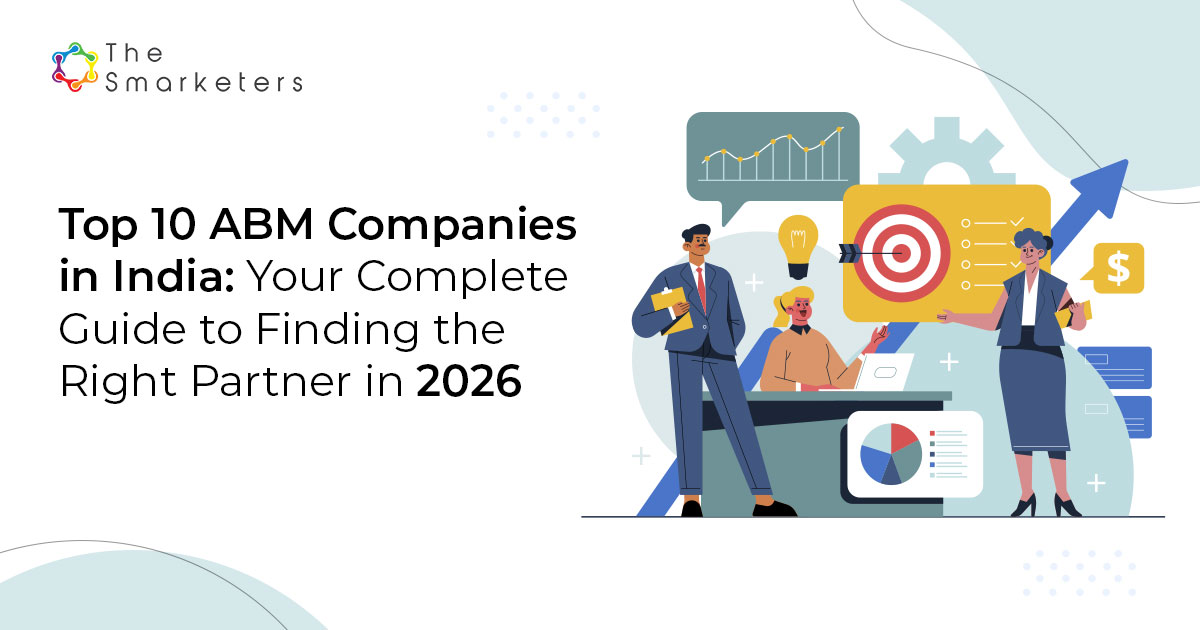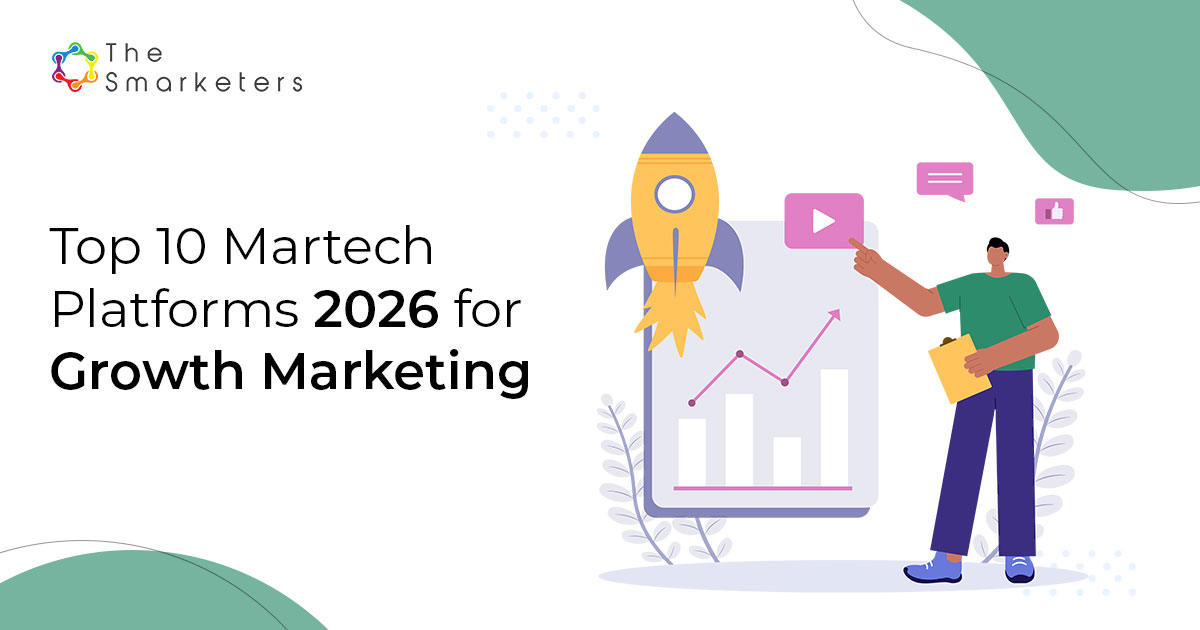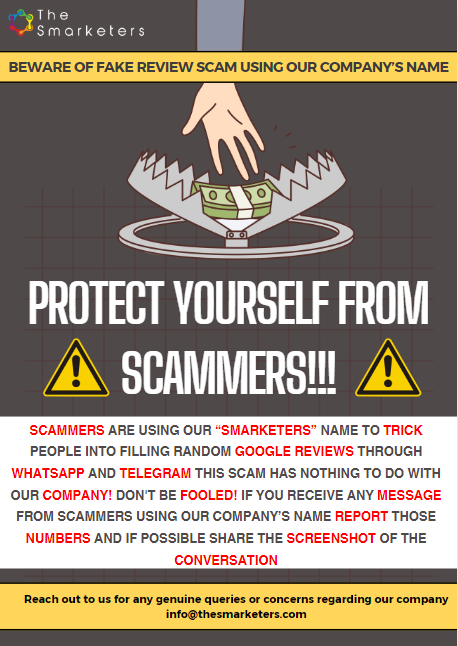Table of Contents
- Understand Your Business Goals Before Implementation
- Select the Right HubSpot Package for Your Needs
- Build a Dedicated Implementation Team
- Create a Comprehensive Data Migration Strategy
- Design Custom Workflows That Optimize Your Sales Process
- Invest in Proper Training and Onboarding
- Implement Continuous Improvement Processes
- FAQs
- What’s the hype around HubSpot AI tools – Content Assistant & ChatSpot? Here’s what we found out!
- Making the Most of HubSpot Integrations in 2023: A Complete Overview
- Understanding the Role of Workflows in Hubspot Marketing Automation
- Growing Importance of Hubspot Data Hygiene in 2023
- Getting Started with HubSpot Implementation – A Step-By-Step Guide
Ever spent $30,000 on HubSpot only to realize six months later you’re using it like a glorified email tool? You’re not alone. A shocking 68% of businesses fail to maximize their HubSpot investment in the first year.
Your HubSpot implementation doesn’t have to be a costly disappointment. With the right approach, this powerful platform can transform your marketing, sales, and service operations into a seamless revenue-generating machine.
The difference between struggling with HubSpot and mastering it often comes down to seven critical decisions you make during implementation. These aren’t just technical considerations—they’re strategic choices that align your business processes with HubSpot’s capabilities.
But what exactly makes some companies nail their HubSpot implementation while others flounder? The answer might surprise you…
Understand Your Business Goals Before Implementation
Align HubSpot features with your strategic objectives
Ever jumped into a new tool without knowing why you’re using it? That’s a recipe for disaster with HubSpot implementation. Before you start clicking around and activating features, take a step back.
Your HubSpot implementation needs to solve real business problems. Are you struggling with lead generation? Looking to streamline your sales process? Want better customer service metrics?
Start by listing your top 3-5 business objectives. Maybe you need to:
- Increase qualified leads by 20%
- Reduce your sales cycle by 15 days
- Improve customer retention rates
Once you’ve nailed down these goals, match them with specific HubSpot features. For example, if lead generation is your priority, focus on implementing Marketing Hub tools like landing pages and forms before diving into complex sales automation.
Don’t just implement HubSpot because everyone else is doing it. Your implementation should reflect your unique business needs, not your competitor’s.
Identify key performance indicators (KPIs) to measure success
You can’t improve what you don’t measure. When setting up HubSpot, establish clear KPIs that directly connect to your business goals.
For each objective, ask yourself: “How will I know if HubSpot is helping?” Then create concrete metrics:
| Business Goal | Relevant KPIs to Track |
|---|---|
| Improve lead quality | Lead-to-customer conversion rate, MQL to SQL ratio |
| Enhance customer service | First response time, ticket resolution rate, CSAT scores |
| Boost sales efficiency | Deal cycle length, emails-to-close ratio, CRM adoption rate |
HubSpot’s reporting tools let you create dashboards for these exact metrics. Don’t waste time tracking vanity metrics that look impressive but don’t impact your bottom line.
Remember to document your baseline metrics before implementation. Without knowing your starting point, you’ll never truly understand the ROI of your HubSpot investment.
Set realistic implementation timelines
HubSpot implementation isn’t an overnight success story. Rushing the process leads to poor adoption, messy data, and frustrated teams.
Based on company size and complexity, here’s what realistic timelines look like:
- Small businesses (1-20 employees): 4-6 weeks for basic setup
- Mid-sized companies (20-100 employees): 2-3 months for full implementation
- Enterprise organizations: 4-6 months minimum for comprehensive rollout
Break your implementation into phases. Start with your most critical needs, get wins there, then expand. A phased approach keeps momentum going and prevents overwhelm.
Your timeline should include buffer periods for unexpected challenges. Data migration almost always takes longer than you think. And don’t forget to allocate time for team training—the best setup means nothing if your team can’t use it.
Select the Right HubSpot Package for Your Needs
Compare features across Starter, Professional, and Enterprise tiers
Picking the right HubSpot package can make or break your implementation. The differences between tiers are significant, and you don’t want to end up paying for features you’ll never use—or worse, being stuck without tools you desperately need.
Here’s a quick breakdown of what each tier offers:
| Feature | Starter | Professional | Enterprise |
|---|---|---|---|
| Contact management | ✓ | ✓ | ✓ |
| Email marketing | Basic | Advanced | Advanced with A/B testing |
| Landing pages | Up to 20 | Unlimited | Unlimited |
| Custom reporting | Limited | Full dashboards | Advanced + custom objects |
| Marketing automation | Basic | Full workflows | Complex branching logic |
| Team permissions | Basic | Role-based | Granular + SSO |
| API calls | 250,000/day | 500,000/day | 1,000,000/day |
The Starter package works great if you’re just beginning your marketing automation journey. You’ll get the basic tools to organize contacts and run simple campaigns, but not much else.
Pro tip: Many companies outgrow Starter within 6-12 months if they’re actively using the platform.
Consider scalability for future growth
Think about where your business will be in 12-18 months, not just today. Upgrading mid-implementation can cause headaches you don’t need.
Ask yourself:
- Will you need more complex workflows as your business grows?
- How quickly is your contact database expanding?
- Are you planning to add more team members who’ll need platform access?
The Professional tier often hits the sweet spot for growing mid-sized businesses. You get enough automation muscle without the enterprise-level price tag.
Evaluate pricing against your budget constraints
Budget reality check time! HubSpot packages aren’t cheap, but they’re investments that should deliver returns.
The actual cost goes beyond the sticker price. Factor in:
- Implementation time (yours or a partner’s)
- Training costs
- Potential efficiency gains
- Expected revenue impact
Many companies find the Professional tier delivers the best ROI, especially when you consider the automation features that free up your team’s time.
Assess integration requirements with existing tools
Your tech stack matters! Before deciding, map out every tool HubSpot needs to play nice with.
Common integration points include:
- Your CRM (if not using HubSpot’s)
- E-commerce platforms
- Customer service software
- Website CMS
- Social media tools
Enterprise offers the most robust API capabilities, but Professional covers most integration needs for typical businesses. Starter severely limits your connection options, which can create data silos you’ll regret later.
Remember that successful HubSpot implementation starts with choosing the right package. Take your time with this decision – it’s the foundation everything else builds upon.
Build a Dedicated Implementation Team
Assign clear roles and responsibilities
Success with HubSpot starts with knowing exactly who’s doing what. When you’re setting up your implementation team, don’t fall into the “everyone’s responsible” trap—because that actually means no one is responsible.
Map out specific responsibilities for each team member. Your implementation team might include:
- HubSpot Administrator: Manages permissions, user access, and system configuration
- Content Manager: Oversees blog posts, landing pages, and email templates
- Marketing Automation Specialist: Builds workflows and campaigns
- CRM Manager: Handles contact properties and data quality
- Analytics Guru: Sets up reporting dashboards and tracks KPIs
Creating a RACI chart can save you countless headaches down the road. Here’s a simple example:
| Task | Responsible | Accountable | Consulted | Informed |
|---|---|---|---|---|
| Data Migration | IT Specialist | Project Manager | Sales Leaders | All Users |
| Workflow Creation | Marketing Manager | Director of Marketing | Sales Rep | Customer Service |
| User Training | HubSpot Champion | Department Lead | IT Support | All Users |
Include stakeholders from marketing, sales, and customer service
HubSpot isn’t just a marketing tool—it’s a business platform. The days of siloed departments are long gone.
Your implementation will crash and burn if you don’t have buy-in from every department that will use the system. When sales doesn’t participate in setup, guess what happens? They won’t use it. And all those fancy marketing automation workflows you built? Totally useless if customer service isn’t looped in to handle the leads properly.
Bring these stakeholders into early discussions:
- Marketing: They’ll focus on campaign management and lead generation
- Sales: They need input on deal pipelines and sales processes
- Service: They’ll use tickets and customer communication tools
Cross-functional teams spot problems early. Your marketing team might not realize that the contact properties they’re creating clash with how sales needs to report on deals. By having everyone at the table, you avoid these costly mistakes.
Designate a HubSpot champion to drive adoption
Your HubSpot implementation needs a cheerleader—someone who genuinely believes in the platform and can rally the troops when enthusiasm wanes.
Pick someone who:
- Has influence across departments
- Displays natural enthusiasm for new technology
- Can translate technical concepts for non-technical users
- Has time dedicated specifically to HubSpot success
This champion becomes your internal HubSpot expert, the go-to person for questions, and your best ally for driving adoption. They’ll spot when teams are reverting to old systems and can step in to guide them back to HubSpot.
Give your champion proper authority. Nothing kills motivation faster than responsibility without power. Make sure they have the backing of leadership to make implementation decisions when needed.
Create a Comprehensive Data Migration Strategy
A. Audit and clean existing customer data
Ever tried building a house on a shaky foundation? You’re basically asking for trouble. The same applies when migrating to HubSpot. Start by taking a good, hard look at your existing data.
Pull up those dusty spreadsheets and CRM exports. Look for duplicate entries, outdated contact info, and incomplete records. You’d be shocked how much garbage accumulates in your database over time. Those five different “John Smith” entries? They’re probably the same person.
Give yourself at least a week for this cleanup process. It’s tedious work, but you’ll thank yourself later when your reports actually make sense.
B. Develop a consistent data structure and naming conventions
Nothing screams “amateur hour” like inconsistent field names and random data formats. Before touching HubSpot, grab a whiteboard and map out exactly how your data should be structured.
Should phone numbers include country codes? Will you use “USA” or “United States”? How will you handle job titles? These might seem like trivial decisions, but they’ll make or break your reporting capabilities.
Create a simple document outlining your conventions:
| Data Type | Format | Example |
|---|---|---|
| Phone | +1 (xxx) xxx-xxxx | +1 (415) 555-1234 |
| Country | Full Name | United States |
| Date | YYYY-MM-DD | 2023-09-15 |
C. Implement progressive data migration to minimize disruption
Don’t try to migrate everything overnight. That’s a recipe for disaster. Break your HubSpot data migration strategy into manageable chunks.
Start with basic contact information, then move to companies, then deals, and finally activity history. This approach gives you time to validate each dataset before moving to the next.
Your team will appreciate the gradual transition too. Nobody wants to come in Monday morning to find their entire workflow turned upside down.
D. Establish data governance policies
Who can create custom properties? Who’s allowed to bulk import contacts? Without clear rules, your shiny new HubSpot instance will quickly devolve into chaos.
Draft simple policies covering:
- Who can modify data structure
- Required fields for new records
- Data quality standards
- Regular audit schedules
Then assign a data champion on your team – someone who’ll actually enforce these policies when everyone else gets sloppy.
E. Test data integrity after migration
Your migration isn’t done until you’ve verified everything made it across correctly. Run these essential checks:
- Record counts match between systems
- Financial totals add up correctly
- Sample records contain all expected information
- Custom fields display properly
- Relationships between records are intact
Don’t just eyeball it – run actual reports comparing your old system to HubSpot. The devil’s in the details, and one missing decimal point could throw off your entire sales forecast.
Design Custom Workflows That Optimize Your Sales Process
A. Map your current customer journey
Getting your HubSpot workflows right starts with understanding exactly how your customers move through your sales process. Take a step back and look at your customer journey from their first interaction to the final purchase.
Grab a whiteboard and map out every touchpoint. Where do leads come from? What questions do they ask? When do they typically need follow-up? This exercise reveals bottlenecks you never knew existed.
Don’t overthink this – just document what actually happens, not what you wish happened. Talk to your sales team about real customer interactions. They’ll tell you things like “prospects always ask about pricing after the second call” or “we lose people after the proposal stage.”
Your map should include:
- Initial contact points (website forms, cold outreach, referrals)
- Information-gathering stages
- Decision-making triggers
- Common objections
- Post-purchase touchpoints
This blueprint becomes your roadmap for building HubSpot workflows that actually match how your business runs.
B. Automate repetitive tasks for efficiency
Once you’ve mapped your journey, spot those mind-numbing tasks your team does over and over. Those are your automation gold mines.
Your sales team probably spends hours sending “nice to meet you” emails, scheduling follow-ups, or updating contact records. These tasks eat up 21% of the average salesperson’s day according to HubSpot research.
Start small with these quick automation wins:
- Welcome emails to new leads
- Meeting reminder sequences
- Follow-up prompts after specific time periods
- Internal notifications when leads take key actions
- Data entry tasks like contact property updates
The magic of custom HubSpot workflows happens when you eliminate these repetitive tasks. Your team suddenly has more time for what matters – actual selling conversations.
C. Build lead scoring models based on your ideal customer profile
Not all leads deserve equal attention. Your HubSpot implementation shines when you prioritize prospects most likely to buy.
Start by defining your ideal customer profile with your team. What industry? What role? What behaviors signal buying intent? Then translate these traits into a scoring system in HubSpot.
Assign point values to actions like:
- Visiting your pricing page (5 points)
- Downloading a case study (10 points)
- Opening multiple emails (3 points)
- Requesting a demo (25 points)
Set threshold scores that trigger different workflow actions – maybe 50 points prompts a call from your best rep, while 30 points triggers an invitation to a webinar.
D. Create personalized follow-up sequences
Cookie-cutter follow-ups don’t work anymore. Your prospects expect messages tailored to their specific situation and interests.
Build branching workflows in HubSpot that adapt based on prospect behavior. Someone who watched your product video needs different follow-up than someone who read your pricing page.
Try segmenting your follow-ups by:
- Industry challenges
- Content they’ve engaged with
- Where they are in your sales process
- Questions they’ve asked previously
The best custom workflows feel invisible to prospects – they just experience perfectly timed, relevant outreach that meets them exactly where they are in their buying journey.
Invest in Proper Training and Onboarding
A. Utilize HubSpot Academy resources for team education
The success of your HubSpot implementation hinges on how well your team understands the platform. HubSpot Academy isn’t just another resource—it’s a goldmine of free, comprehensive training materials designed for every skill level.
Start by having team members complete the certification courses relevant to their roles. Your marketing folks should dive into the Marketing Software certification, while sales teams will benefit from the Sales Software track. For your customer service representatives, the Service Hub certification provides exactly what they need.
What makes HubSpot Academy stand out is its practical approach. You’re not just watching videos—you’re completing hands-on exercises that mirror real-world scenarios. This means your team builds muscle memory for the tasks they’ll perform daily.
Pro tip: Create a certification roadmap for different roles in your company. This gives everyone a clear path for which courses to take and when, removing the “where do I start?” confusion that often derails training initiatives.
B. Consider hiring a certified HubSpot partner for expert guidance
Sometimes, bringing in the pros makes all the difference. Certified HubSpot partners have implemented the platform dozens or hundreds of times and know the pitfalls to avoid.
A good partner doesn’t just set up your system—they transfer knowledge to your team throughout the process. This means you’re not just getting a configured CRM; you’re getting a team that understands why it was configured that way.
When choosing a partner, ask about their training approach. The best partners offer:
- Custom training sessions tailored to your business processes
- Documentation specific to your implementation
- Post-launch support to answer questions as they arise
- Regular check-ins to ensure adoption is on track
C. Create internal documentation for company-specific processes
Generic HubSpot training is great, but your business isn’t generic. Creating custom documentation bridges the gap between “how HubSpot works” and “how we use HubSpot.”
Document your specific workflows, naming conventions, and processes. This becomes your company’s HubSpot playbook—a go-to resource when questions arise.
Make your documentation visual. Screenshot-heavy guides showing exactly which buttons to click are infinitely more helpful than text-only instructions. Tools like Loom for quick video tutorials can complement your written guides perfectly.
D. Schedule regular knowledge-sharing sessions
The HubSpot learning journey doesn’t end after implementation. Schedule bi-weekly or monthly sessions where team members can share tips, ask questions, or demonstrate cool features they’ve discovered.
These sessions keep the momentum going and prevent knowledge silos from forming. They’re also perfect opportunities to introduce new features as HubSpot regularly rolls them out.
Make these sessions interactive—not just another meeting to sit through. Try formats like:
- “HubSpot Hacks” where each team member shares one time-saving tip
- Problem-solving workshops for real challenges your team faces
- Feature demos of underutilized HubSpot tools that could benefit your processes
Remember that consistent training leads to consistent adoption. When your team feels confident using HubSpot, they’ll actually use it—and that’s when you’ll see the real ROI of your implementation.
Implement Continuous Improvement Processes
Regularly review analytics and performance metrics
HubSpot’s power lies in the data it collects—but that gold mine is useless if you’re not digging into it regularly. Set a standing appointment with yourself every month to review your dashboard metrics. What’s working? What’s flopping? Your open rates might be stellar while your landing page conversions are tanking. You can’t fix what you don’t measure.
Create a simple scorecard tracking these essential metrics:
- Email performance (open rates, click-through rates)
- Landing page conversions
- Lead generation by source
- Sales pipeline velocity
- Customer retention rates
Don’t just collect numbers—compare them month-over-month and against industry benchmarks. Spot a trend where webinar registrations dropped after you changed your form fields? That’s your cue to investigate and adjust your approach.
Collect user feedback to identify friction points
Your team uses HubSpot daily. They know exactly where the system frustrates them. Schedule 15-minute coffee chats with different departments each month and ask point-blank: “What part of HubSpot makes you want to throw your computer out the window?”
Create simple surveys using HubSpot’s own tools to gather specific feedback:
- What workflows take too many clicks?
- Which reports aren’t giving actionable insights?
- Where are they creating workarounds because HubSpot isn’t meeting a need?
This feedback becomes your improvement roadmap. Your sales team complaining about duplicate data entry? Time to set up that automation you’ve been putting off.
Stay updated with new HubSpot features and updates
HubSpot rolls out new features faster than most of us change our passwords. Missing these updates means missing opportunities to solve problems you might be struggling with right now.
Subscribe to:
- HubSpot’s product updates blog
- Their monthly newsletter
- Join relevant HubSpot community groups
Block 30 minutes twice a month to review what’s new and relevant to your implementation. That new workflow feature might be exactly what your marketing team needed to stop their manual email process.
Conduct quarterly optimization reviews
Every 90 days, pull your team together for a deeper dive. This isn’t just about tweaking—it’s about questioning your fundamental HubSpot setup.
Your quarterly review checklist should include:
- Data quality audit (duplicate records, field completion rates)
- Workflow efficiency assessment (are automated processes still relevant?)
- Template performance evaluation (which emails/pages need refreshing?)
- Integration health check (are all your connected apps still playing nice?)
Remember, successful HubSpot implementation isn’t a one-and-done project. The companies getting the biggest ROI treat their HubSpot instance like a garden—constantly pruning, planting new seeds, and adjusting to the changing seasons. Your quarterly optimization is your chance to make sure you’re growing the right crops.
FAQs
How long does a typical HubSpot implementation take?
The timeline for your HubSpot implementation varies based on your business complexity and chosen package. For small businesses with straightforward needs, you might be up and running in 2-3 weeks. Medium-sized companies typically need 1-2 months, while enterprise-level implementations with custom workflows and integrations can take 3-6 months.
Remember, a rushed implementation often creates more problems than it solves. Better to take your time and get it right the first time than to cut corners and struggle later.
What’s the difference between HubSpot’s packages?
HubSpot offers tiered packages to match different business needs:
| Package | Best For | Key Features |
|---|---|---|
| Starter | Small businesses, beginners | Basic CRM, forms, email marketing, live chat |
| Professional | Growing businesses | Marketing automation, custom workflows, team management |
| Enterprise | Large organizations | Advanced reporting, dedicated support, custom objects, partitioning |
Your choice depends on your business goals, team size, and budget. Many companies start with Professional and scale up as needed. Not sure which is right for you? A certified HubSpot partner can help you make the decision.
Do I need a consultant for HubSpot implementation?
You don’t absolutely need one, but having expert guidance dramatically increases your chances of success. Think of it this way: you could probably figure out how to change your car’s transmission with YouTube videos, but wouldn’t you rather have a mechanic do it?
A HubSpot consultant brings experience from dozens of implementations, helping you avoid common pitfalls and leverage best practices from day one. They’ll save you time, reduce frustration, and ensure you’re getting the full value from your investment.
How do I prepare my team for HubSpot adoption?
Getting your team on board is crucial for success. Start by identifying champions within each department who are excited about the change. These people become your internal advocates.
Create a training schedule that includes both HubSpot’s free resources and custom training for your specific processes. Break training into digestible chunks rather than overwhelming everyone with full-day sessions.
Most importantly, communicate the “why” behind the implementation. Your team needs to understand how HubSpot will make their jobs easier, not just add another system to learn.
What’s the biggest mistake companies make during implementation?
The number one mistake is trying to replicate your old processes exactly as they were. HubSpot implementation is your opportunity to improve workflows, not just digitize broken ones.
Start with your goals, not your current processes. Ask “What are we trying to achieve?” instead of “How do we make HubSpot work like our old system?”
Implementing HubSpot successfully requires strategic planning and execution. By understanding your business goals, selecting the appropriate package, building a dedicated team, and creating a comprehensive data migration strategy, you set a strong foundation for success. Custom workflows, proper training, and continuous improvement processes ensure you maximize the platform’s potential and drive long-term value.
Remember that HubSpot implementation is not a one-time project but an ongoing journey. Take the time to regularly assess your processes, gather feedback from users, and make necessary adjustments to optimize performance. Whether you’re just getting started or looking to enhance your current setup, these seven expert tips will help you navigate your HubSpot implementation with confidence and achieve the results your business deserves.

